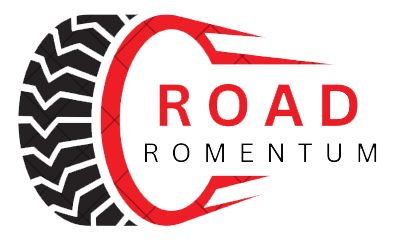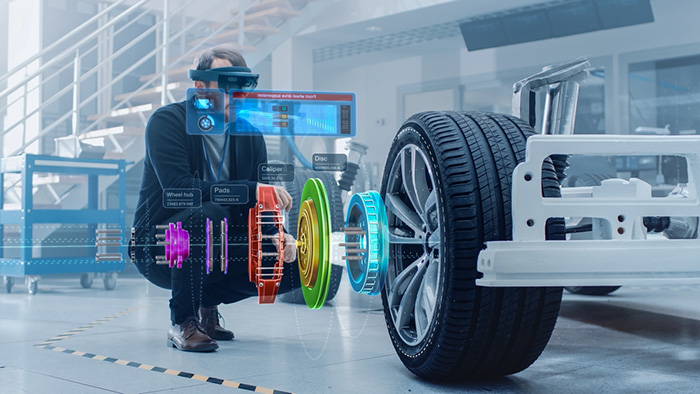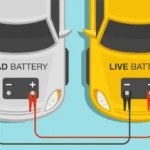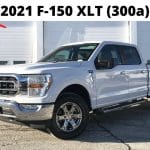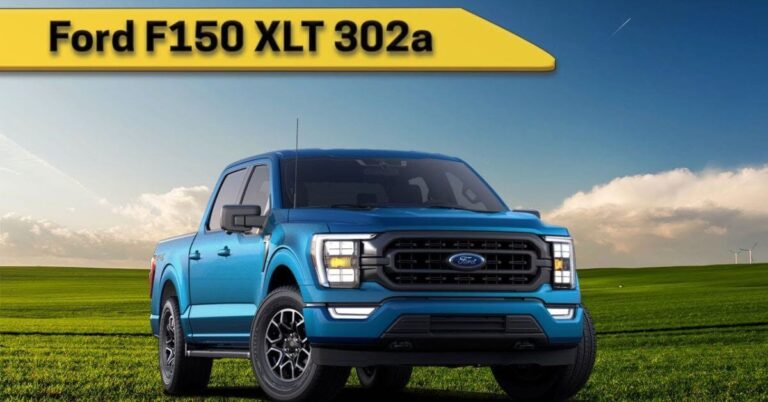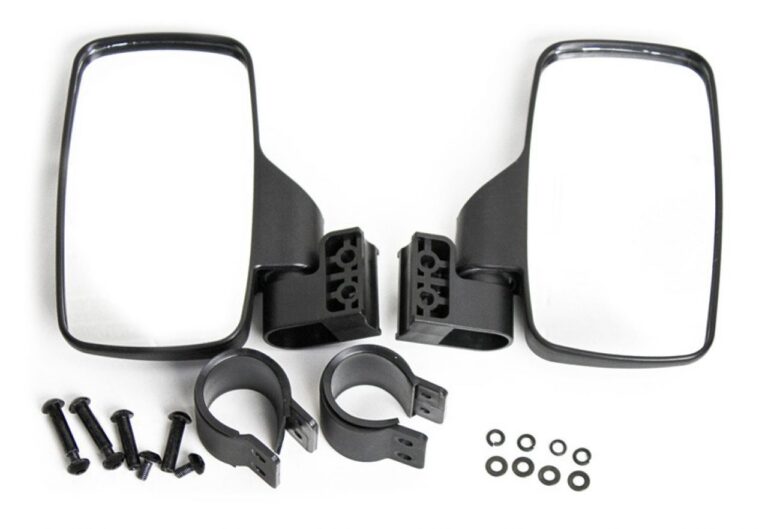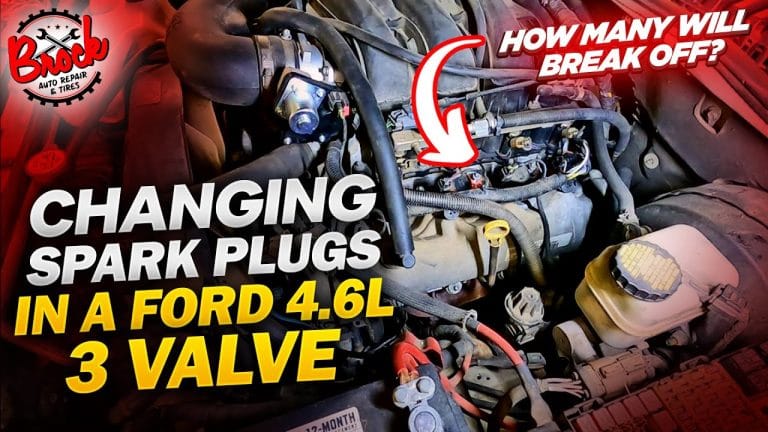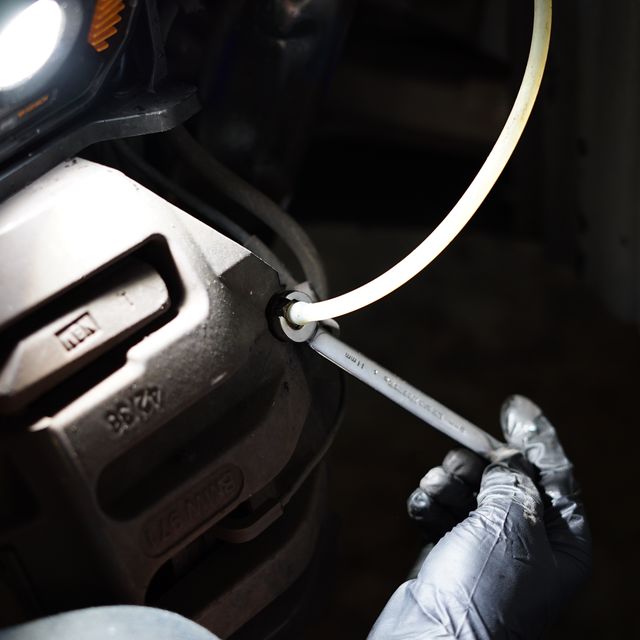Does 2025 Ford F150 Hybrid Have Regenerative Braking
As the demand for hybrid and electric vehicles continues to rise, the truck market is evolving to incorporate eco-friendly technologies without sacrificing the raw power and utility that truck enthusiasts have come to expect. The Ford F-150, a long-standing icon in the pickup truck segment, has adapted with the times by introducing hybrid models designed to cater to consumers looking for more sustainable driving options. Among the many features that differentiate hybrid vehicles from their traditional gas-powered counterparts is regenerative braking. But does the 2025 Ford F-150 Hybrid have regenerative braking? And how does this technology enhance the driving experience?
Let’s take a closer look at the 2025 Ford F-150 Hybrid, delve into the mechanics of regenerative braking, and explore how this technology fits into the larger narrative of hybrid trucks, fuel efficiency, and environmental sustainability.
The Evolution of the Ford F-150: A Glimpse into the Future

The Ford F-150 is the best-selling vehicle in America, and it has remained a favorite for millions of drivers thanks to its reliability, rugged performance, and versatility. However, with increasing attention on fuel efficiency and the environmental impact of gas-powered vehicles, even this heavyweight needed to adapt. Ford introduced the F-150 Hybrid as part of its commitment to creating more eco-conscious vehicles without compromising on the power, towing capability, or off-road performance that has defined the F-150 over the decades.
The 2025 Ford F-150 Hybrid is part of Ford’s PowerBoost™ lineup, a hybrid powertrain option that combines a traditional gasoline engine with an electric motor. This hybrid powertrain is designed to offer a balance between power and efficiency, making it an attractive option for those who need the utility of a truck but want to reduce their carbon footprint and save on fuel costs.
What Exactly Is Regenerative Braking?
To understand why regenerative braking is so significant, it’s important to grasp how this technology functions within a hybrid vehicle. In traditional vehicles, braking systems rely solely on friction to slow the car down. When the driver steps on the brake pedal, the brake pads clamp down on the rotors, converting the car’s kinetic energy (movement) into heat. This heat is essentially wasted energy, dissipated into the atmosphere, and it does nothing to contribute to the vehicle’s energy efficiency.
In a hybrid vehicle like the 2025 Ford F-150 Hybrid, the braking system operates differently. Regenerative braking is designed to capture some of the energy that is typically lost during the braking process and convert it back into usable electricity. Here’s how it works:
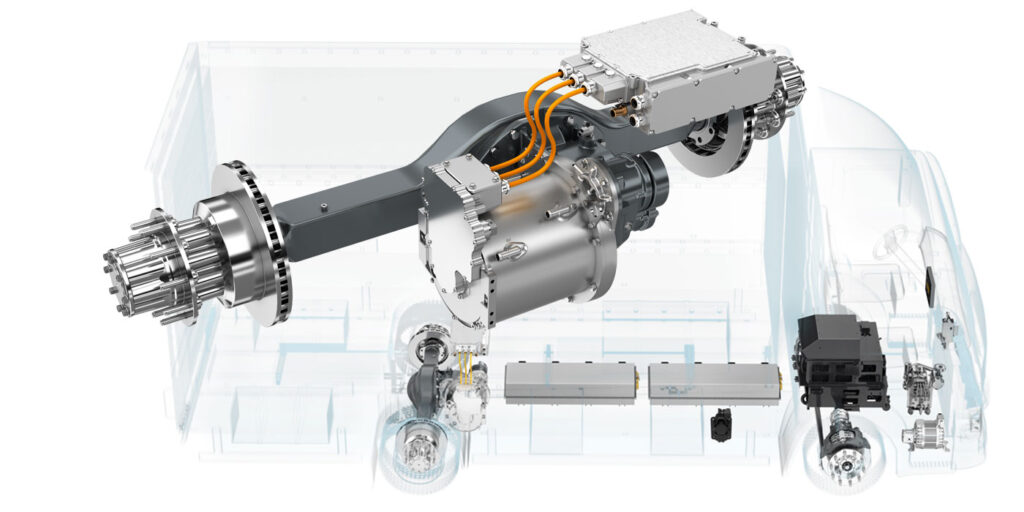
- Kinetic Energy Conversion: When the driver applies the brakes, the electric motor in the vehicle begins to operate in reverse, acting as a generator. This motor-generator converts the kinetic energy of the moving vehicle into electrical energy.
- Energy Storage: The captured electrical energy is then stored in the vehicle’s battery pack, where it can be used later to power the electric motor or other vehicle systems.
- Increased Efficiency: By converting some of the vehicle’s kinetic energy into electricity, regenerative braking reduces the reliance on the vehicle’s internal combustion engine. This, in turn, improves the vehicle’s overall fuel efficiency and extends the range of electric driving.
- Seamless Integration: Most drivers won’t even notice when the regenerative braking system is in action, as the system operates automatically and smoothly transitions between regenerative and traditional friction braking when necessary.
In essence, regenerative braking is a system that not only slows the vehicle but also recaptures energy that would otherwise be lost, increasing the overall efficiency of the vehicle. In a truck like the 2025 Ford F-150 Hybrid, this is especially beneficial because it enhances fuel economy and helps extend the lifespan of the brake system.
Does the 2025 Ford F-150 Hybrid Feature Regenerative Braking?
Yes, the 2025 Ford F-150 Hybrid is equipped with regenerative braking technology. As part of its PowerBoost™ hybrid powertrain, this system helps to maximize fuel efficiency by capturing energy during deceleration and storing it in the battery for future use. This feature not only improves the vehicle’s fuel economy but also enhances its overall performance in stop-and-go traffic, which is especially important for urban driving scenarios.
The regenerative braking system in the F-150 Hybrid works seamlessly with the truck’s traditional braking system, providing a smooth and efficient driving experience. When the driver releases the accelerator or applies the brakes, the vehicle’s electric motor automatically switches to generator mode, capturing kinetic energy and converting it into electricity. This electricity is stored in the truck’s battery, where it can be used to power the electric motor during low-speed driving or to assist the gasoline engine during acceleration.
The Role of Regenerative Braking in Hybrid Trucks
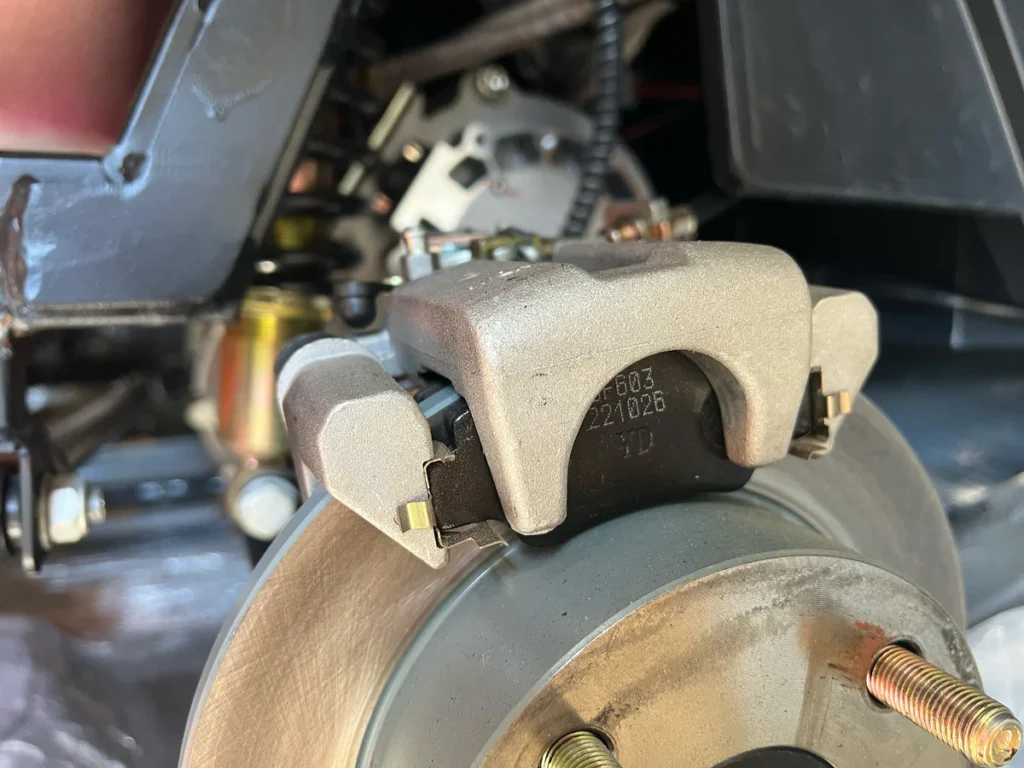
For hybrid trucks like the 2025 Ford F-150 Hybrid, regenerative braking is a critical feature that contributes to the vehicle’s overall efficiency. Trucks, in general, are known for their high fuel consumption due to their size, weight, and the demands placed on their engines, especially when towing or carrying heavy loads. Hybrid technology, including regenerative braking, helps to offset some of these fuel demands by improving the truck’s energy efficiency.
In practical terms, regenerative braking helps extend the range of electric driving, reduces the load on the gasoline engine, and lowers fuel consumption in city driving conditions where frequent stops are required. This is particularly useful for drivers who use their trucks for urban commuting or delivery services, as the constant starting and stopping of city traffic can lead to significant fuel savings over time.
Advantages of Regenerative Braking in the 2025 Ford F-150 Hybrid
- Enhanced Fuel Efficiency: The primary benefit of regenerative braking is improved fuel efficiency. By capturing energy that would otherwise be lost, the F-150 Hybrid is able to rely more on electric power, reducing the amount of gasoline consumed during short trips or stop-and-go traffic.
- Extended Battery Life: The regenerative braking system helps keep the battery charged, allowing the electric motor to operate more frequently. This reduces the need for the gasoline engine to kick in, extending the battery’s life and providing better overall performance.
- Reduced Brake Wear: Because regenerative braking takes over some of the vehicle’s deceleration, the friction brakes are used less frequently. This means less wear and tear on the brake pads and rotors, which translates to longer intervals between brake service and lower maintenance costs.
- Eco-Friendly Driving: For environmentally conscious drivers, regenerative braking offers a way to reduce their carbon footprint. By making the vehicle more efficient, regenerative braking helps lower greenhouse gas emissions and reduces the environmental impact of daily driving.
- Improved Performance in Urban Areas: In cities where driving conditions involve frequent stops, regenerative braking is particularly effective. The more often the brakes are applied, the more energy is captured and stored, resulting in greater fuel savings in congested urban environments.
How the 2025 Ford F-150 Hybrid Stacks Up Against Competitors
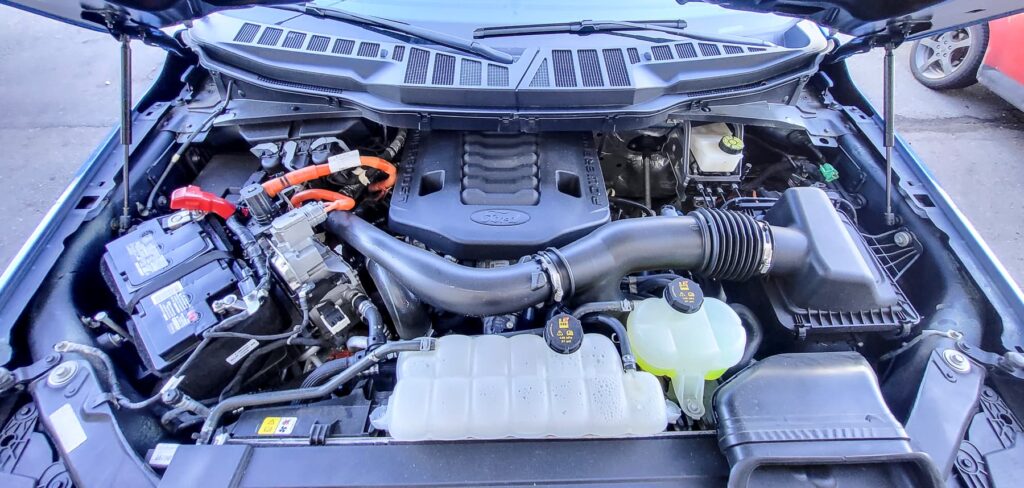
The 2025 Ford F-150 Hybrid isn’t the only hybrid truck on the market. Other manufacturers are also entering the hybrid and electric truck segment, offering features similar to Ford’s regenerative braking system. Competitors like the Toyota Tundra Hybrid and the Ram 1500 eTorque also incorporate hybrid powertrains with regenerative braking technology.
However, the F-150 Hybrid stands out for several reasons:
- Power and Capability: With the 3.5-liter PowerBoost™ Full Hybrid V6 engine, the F-150 Hybrid offers best-in-class towing capacity and payload, making it a powerful option for those who need both efficiency and strength in a truck.
- Fuel Efficiency: The F-150 Hybrid’s regenerative braking system works in tandem with its powerful hybrid engine to deliver exceptional fuel efficiency, particularly in urban driving conditions.
- Advanced Technology: Ford has integrated advanced technology throughout the F-150 Hybrid, including Pro Power Onboard, which allows drivers to use their truck as a mobile generator. This feature sets it apart from many competitors in terms of versatility and practicality.
Conclusion: The Future of Hybrid Trucks
The inclusion of regenerative braking in the 2025 Ford F-150 Hybrid represents a significant step forward in the evolution of hybrid trucks. As consumers demand more sustainable and fuel-efficient vehicles, manufacturers are turning to technologies like regenerative braking to meet these needs without sacrificing the power, utility, and versatility that truck owners expect.
With its advanced hybrid powertrain, the 2025 F-150 Hybrid not only delivers on performance but also provides drivers with a more efficient and eco-friendly driving experience. Whether you’re navigating busy city streets or tackling tough jobs, the F-150 Hybrid’s regenerative braking system plays a key role in maximizing fuel efficiency, extending the life of key vehicle components, and reducing your overall environmental impact.
In the end, the 2025 Ford F-150 Hybrid stands as a testament to Ford’s commitment to innovation and sustainability, ensuring that drivers don’t have to compromise on power or performance in their pursuit of greener driving solutions.
